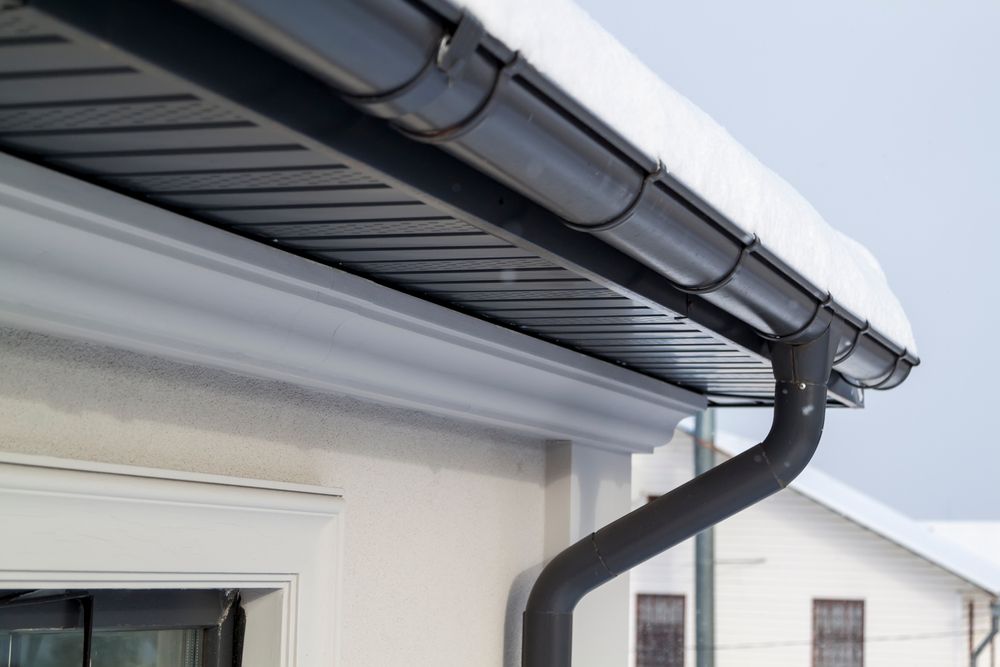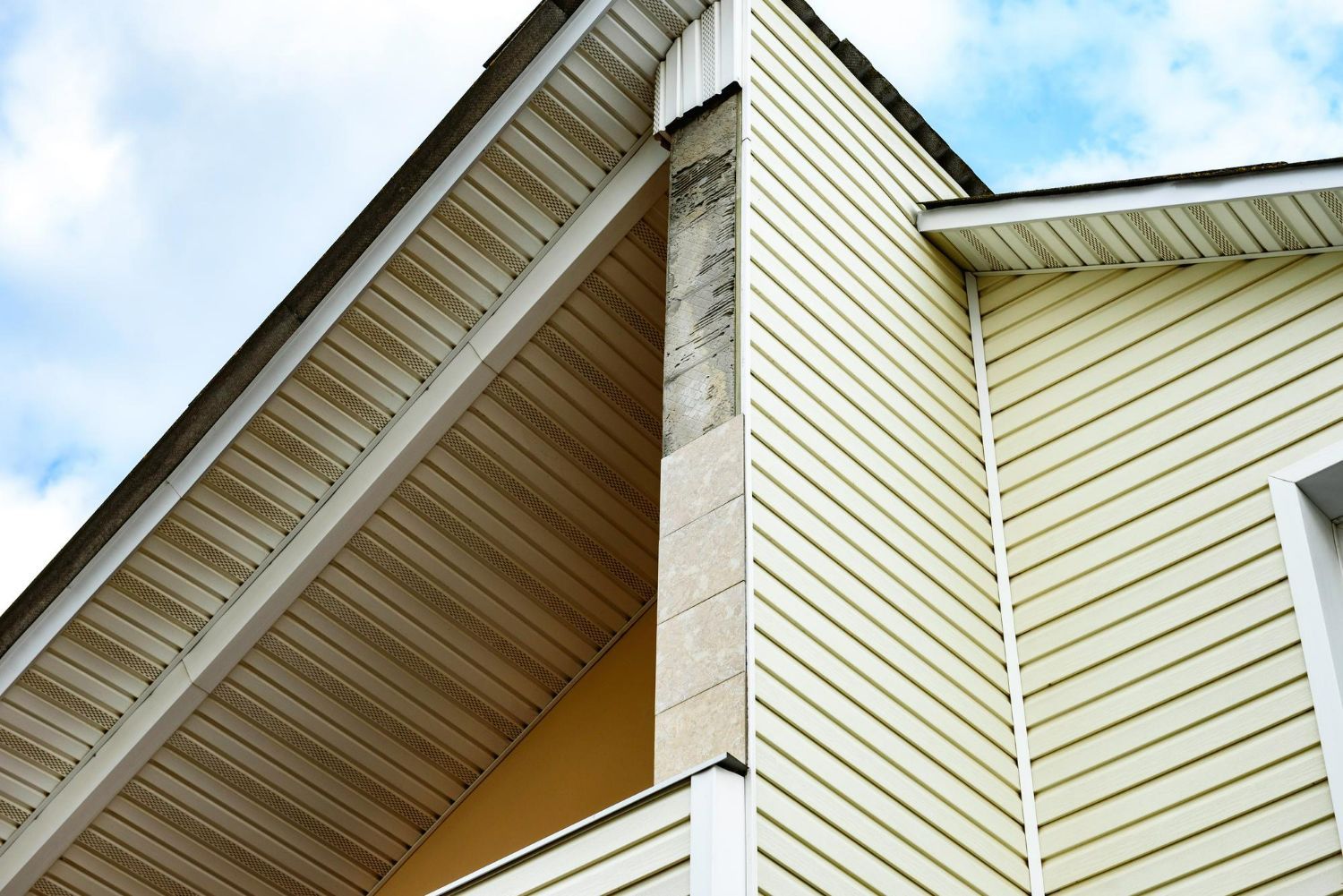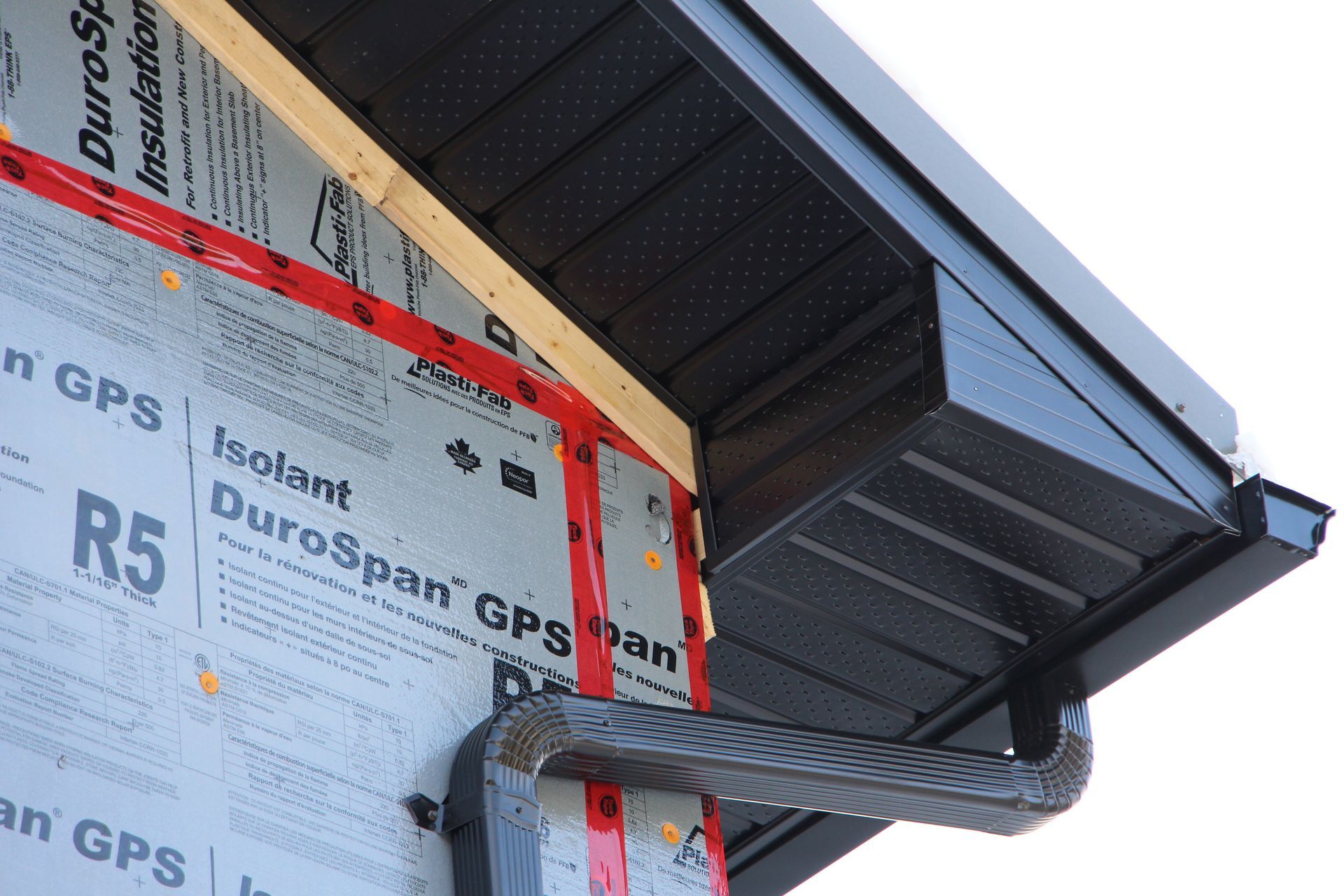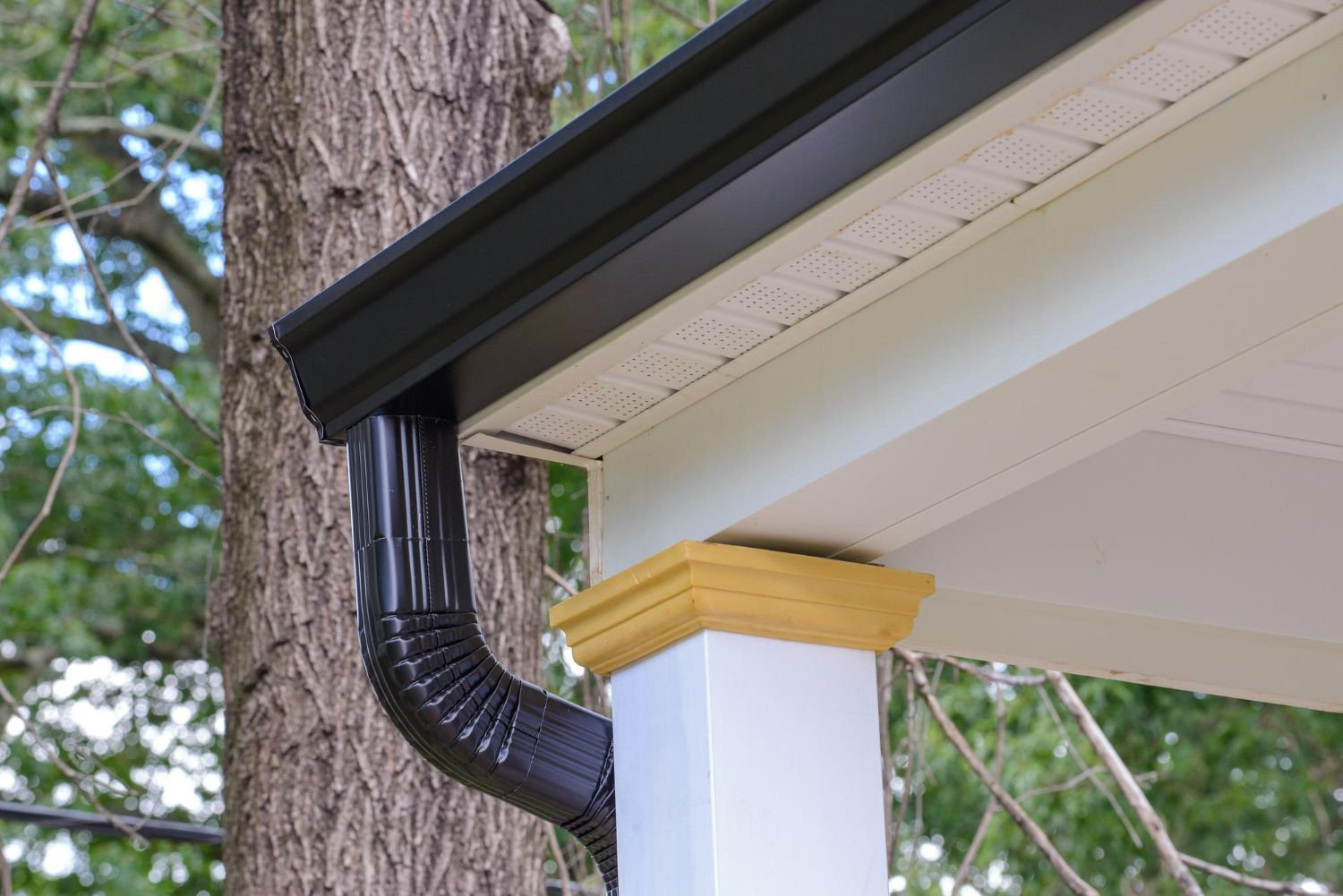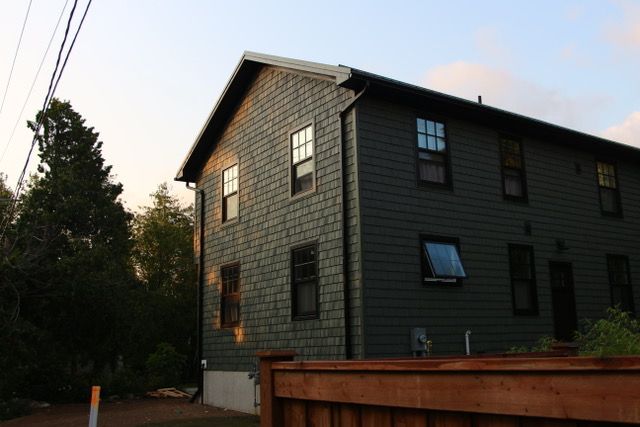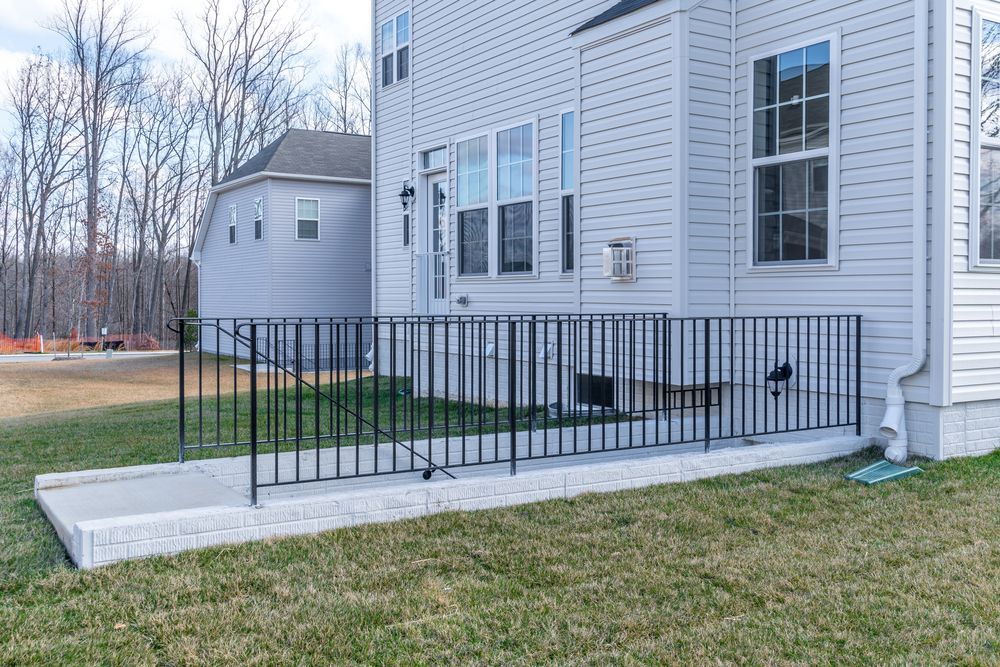Mastering Roof Flashing: Protecting Your Home's Crown
An often overlooked aspect of a robust roofing system is roof flashing. Roof flashing plays a critical role in keeping your home safe from water damage, ensuring a dry and secure living environment. At Olive Tree Exteriors, we understand the complexities of roof construction and are here to guide you through mastering roof flashing, a key component in protecting your home’s crown.
Understanding Roof Flashing
Roof flashing is essentially thin material, typically made of galvanized steel, aluminum, or copper, that professional contractors install to direct water away from critical areas of a roof. These areas generally include valleys, chimneys, skylights, vents, and any ridge where two planes of the roof meet.
The primary purpose of roof flashing is to prevent water from seeping through your roof, where it can cause extensive damage. By redirecting the water, flashing ensures that it flows into the gutters and downspouts, safeguarding your home from leaks and mold growth.
Why Roof Flashing Matters
In areas like Port Elgin, where weather conditions can be unpredictable, roof flashing is of utmost importance. Snow, rain, and wind are common, which means your roof needs to be prepared to withstand these elements. Poor or absent flashing can lead to water leaks, compromised structural integrity, and costly repairs.
Moreover, good flashing contributes to the overall longevity of your roof. By preventing water damage, it maintains the strength and durability of your roofing materials, saving you money in the long run. Proper roof flashing is an investment in the longevity and safety of your home.
Types of Roof Flashing
There are several types of roof flashing, each designed for specific areas and functions:
1. Step Flashing: Installed where the roof meets a wall, step flashing consists of rectangular pieces of flashing that overlap each other. It ensures that water is directed away from the wall and into the gutters.
2. Drip Edge: This is a long, L-shaped piece of flashing installed along the edge of the roof. It directs water away from the fascia and into the gutter, protecting your home’s wooden components.
3. Valley Flashing: Installed in roof valleys (where two slopes converge), valley flashing is crucial for directing water off the roof. It’s particularly important in regions with heavy rainfall or snow.
4. Chimney Flashing: This type of flashing surrounds the base of chimneys, preventing water from seeping into the joints between the chimney and roof.
5. Vent Pipe Flashing: Installed around roof vents and pipes, this flashing ensures that water doesn’t penetrate the roof deck around these openings.
The Importance of Professional Installation
While some homeowners may consider roof flashing a DIY task, professional installation from a company like Olive Tree Exteriors is crucial. Our trained professionals bring over 10 years of experience, ensuring that the flashing is installed correctly and securely. Poor installation can result in gaps or misaligned flashing, leading to water leaks and damage.
The Benefits of Hiring Olive Tree Exteriors
Choosing Olive Tree Exteriors for your roof flashing needs means choosing quality, reliability, and peace of mind. Here’s what we offer:
1. Expertise: With over a decade of experience in roofing, we possess the expertise to handle any flashing project, no matter how complex.
2. Quality Materials: We use only the highest quality materials to ensure that your flashing is durable and long-lasting.
3. Local Knowledge: As a business rooted in Port Elgin and its surrounding areas, we understand the unique weather challenges and building styles, allowing us to provide tailored solutions.
4. Comprehensive Service: From inspection to installation, we provide a full range of services, ensuring that every aspect of your roof flashing is handled with precision.
Maintenance and Inspection Tips
To maximize the lifespan of your roof flashing, regular maintenance and inspections are essential. Here are some tips:
1. Regular Inspections: Schedule regular inspections with a professional, especially after severe weather. This ensures any damage or potential issues are caught early.
2. Keep Gutters Clean: Blocked gutters can cause water to back up and leak under the flashing. Regularly clean your gutters to prevent this issue.
3. Check for Corrosion: Metal flashing can corrode over time. Inspect for any signs of rust or corrosion and replace as necessary.
4. Monitor the Caulking: Caulking around flashing can deteriorate over time. Keep an eye on it and reapply as necessary to maintain a watertight seal.
Defend Your Home's Crown with Olive Tree Exteriors
The importance of roof flashing cannot be overstated. It is a crucial component in protecting your home from water damage and ensuring the longevity of your roof. Whether you're building a new home or need repairs on your existing roof, Olive Tree Exteriors is here to help.
Our expert team is ready to ensure that your roof flashing is installed correctly and efficiently. Don’t leave your home’s protection to chance. Contact Olive Tree Exteriors today at (519) 240-7473 or email us at brockmiller@olivetreeexteriors.com. Let us help you strengthen your home’s crown and enjoy peace of mind for years to come. Experience the Olive Tree difference and protect your home with the experts in Port Elgin.



